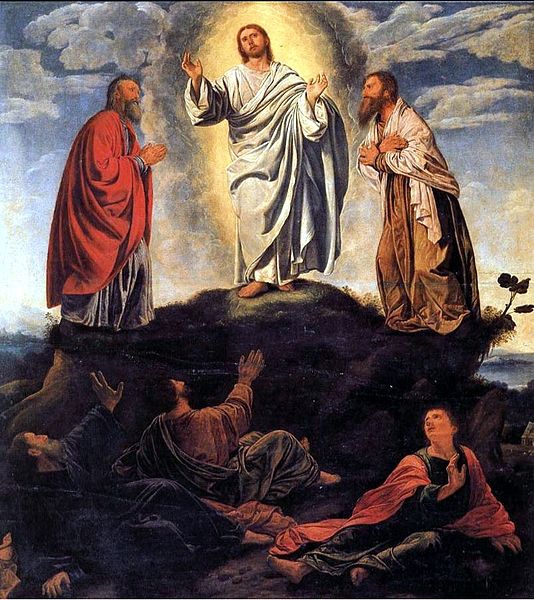
“One of the reasons why Catholic and Orthodox Christians on the one hand and Christians of the Reformation traditions (Protestants) on the other have such divergent approaches to the person of Mary, the mother of Jesus, is because they read the Old Testament in significantly different ways…It strikes me, however, that there is a possible way which allows us to synthesise our understanding to some extent. Even if we grant for the sake of argument that the allegorical method is generally inadmissible there should be no reason why we cannot agree that the use of analogy is perfectly acceptable. By which I mean that if the Old Testament shows God acting in certain ways or upholding certain principles we can assume that He acts in the same way and on the same principles in the New unless Scripture specifically informs us otherwise.
Which brings me to Mary and the Tabernacle of the Lord. The Tabernacle was that structure sitting at the heart of the nation of Israel where God dwelt among His people in a special manner. It first took shape as the Tent of Meeting at the time of Moses and later became the Temple of Solomon. There is no doubt that God dwelt in a special way too in Mary, the mother of the Son of God. I would suggest that the principles which underlay the construction of the first Tabernacle, made by human hands, also underlay the creation of Mary in the womb of her mother St Ann by the hand of God…click here to read more“




